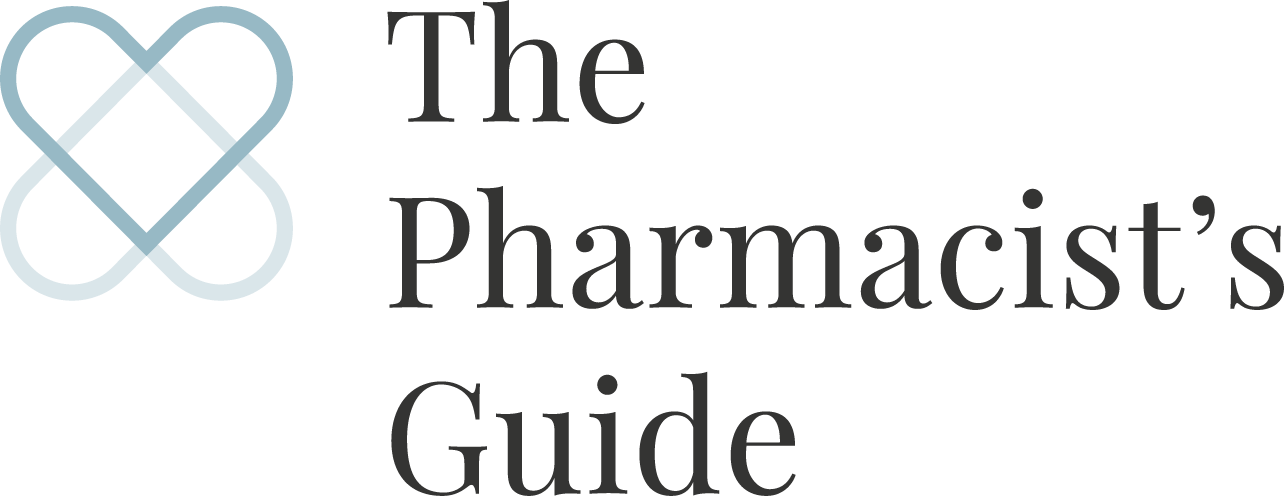MELANOMA MONDAY, MAY 4
Melanoma Monday is today, Monday, May 4, 2015. The American Academy of Dermatology and other organizations are seeking to bring awareness to melanoma, a deadly form of skin cancer. Although melanoma accounts for only 4% of skin cancers, it accounts for 80% of all skin cancer-related deaths.
What is melanoma:
Melanoma is a cancer of pigment-producing cells called melanocytes and is one of the most common cancers in the United States.
Most melanomas originate in the skin, but they can also arise in other parts of the body that contain melanocytes, including the eyes, brain, spinal cord and mucous membranes.
The overall five-year survival rate for people diagnosed with melanoma is 92 percent, but the survival rates decreases dramatically once the cancer has spread to other parts of the body. That is why early detection is key - early detection has a 90% cure rate with surgery.
What are the symptoms:
The ABCs of symptoms are:
A is for asymmetrical moles. If someone draws a line through a mole and the two halves do not match, it's a warning sign for melanoma.
B is for the borders. They are uneven on cancerous moles with scalloped or notched edges.
C is for color. Dangerous moles can have various shades of brown, tan or black. Some melanoma can also become red, white or blue.
D is for diameter. Benign moles usually have a smaller diameter than malignant ones. Melanomas usually are larger in diameter than the eraser on your pencil tip (¼ inch or 6mm), but they may sometimes be smaller when first detected.
E is for evolving. Common, benign moles look the same over time. Be on the alert when a mole starts to evolve or change in any way. When a mole is evolving, see a doctor. Any change — in size, shape, color, elevation, or another trait, or any new symptom such as bleeding, itching or crusting — points to danger.
But, if you have any suspicious moles or concerns, see your dermatologist right away.
What is the best protection against melanoma:
Early detection and treatment (through annual skin exams and monthly self-exams) are key to protection against melanoma.
Use sunscreen with an SPF of 15 or higher every day. Staying in the shade and avoiding the sun at the peak times (between 10am-4pm) is also important. There is no such thing as a safe tan. A tan is the skin's attempt to repair sun damage and prevent further injury.
Don't use tanning beds! I think this message is very clear to people by now - indoor tanning provides 12 times more ultraviolet A (UVA) exposure than natural sunlight and increases one's risk of developing melanoma by 75%.
Visit skincancer.org or aad.org for more information!

